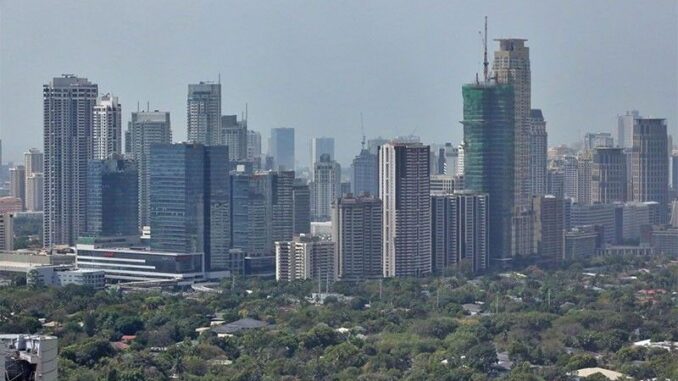
MANILA, Philippines — The Philippines is expected to remain among the fastest growing economies in Southeast Asia this year and in 2025, with growth to be driven mainly by government spending and services exports, according to the Association of Southeast Asian Nations Plus 3 Macroeconomic Research Office (AMRO).
In a report, AMRO said it has retained its 2024 economic growth forecast for the Philippines at 6.1 percent.
AMRO’s forecast is above the low-end of the government’s six to seven percent economic growth target for this year.
If the forecast is achieved, the Philippines will be the second fastest growing economy in ASEAN this year, next to Vietnam, which is expected to grow by 6.2 percent.
AMRO’s growth forecasts for the Philippines and Vietnam are higher than the projected growth in Cambodia (5.6 percent), Indonesia (5.1 percent), Malaysia (4.7 percent), Lao People’s Democratic Republic (4.5 percent), Brunei Darussalam (four percent), Thailand (2.8 percent), Singapore (2.4 percent) and Myanmar (1.8 percent).
For 2025, AMRO also maintained its growth forecast for the Philippines at 6.3 percent.
While this is below the government’s 6.5 to 7.5 percent growth target for next year, it will still place the country as the second fastest growing economy in ASEAN next to Vietnam’s 6.6 percent.
Other ASEAN countries are expected to post lower growth rates compared to the Philippines and Vietnam such as Cambodia (5.9 percent), Indonesia (5.2 percent), Lao People’s Democratic Republic (4.6 percent), Malaysia (4.9 percent), Thailand (3.3 percent) Brunei Darussalam (2.1 percent) and Myanmar (two percent).
AMRO chief economist Hoe Ee Khor said in a press briefing that the growth forecasts for the Philippines were kept “mainly because we expect government investment spending to be higher this year, together with services exports.”
He said the Bangko Sentral ng Pilipinas’ policy rate cut and the indication that it might go for another one later this month, will also support growth.
At its Aug.15 meeting, the BSP brought down the target reverse repurchase rate to 6.25 percent from the 17-year high of 6.5 percent.
“So far, inflation has behaved pretty well. It spiked up in July and then it came back down in August. And our expectation is that it will continue to trend down,” Khor said.


Be the first to comment